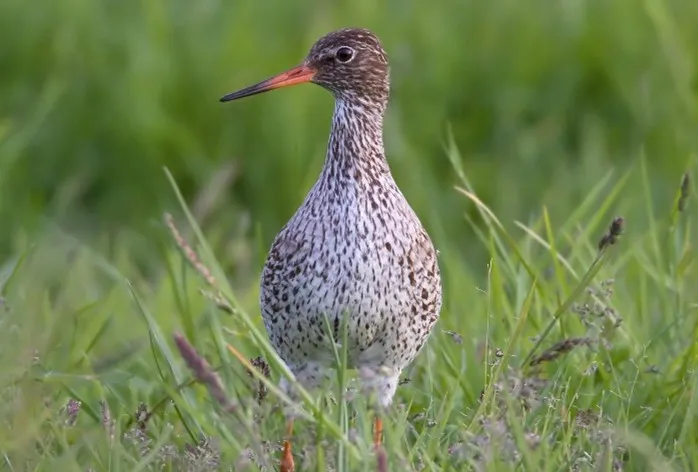Citation

Overview
Between the mid-1980s and 2018–2019, Northern Ireland’s lowland wet grasslands saw a 73% decline in their breeding wader populations, from 1,296 to 354 pairs across 74 surveyed sites.
In more detail
Species-specific declines were significant: Curlew (80%), Lapwing (70%), Redshank (76%), and Snipe (71%). The Blackwater Catchment experienced the steepest losses, while areas around Lower Lough Erne showed less marked declines. Breeding waders were more likely to still be present in damp or flooded fields and were largely absent from improved grassland or areas with woodland or scrub. Sixty-five percent of surveyed sites no longer support breeding waders.
The study highlights the urgent need for broader and improved monitoring to better understand habitat and predation impacts, and calls for increased volunteer involvement in conservation monitoring efforts
Abstract
Northern Ireland’s lowland wet grasslands held large populations of breeding waders until the mid-1980s. During repeat surveys in the spring/summer of 2018 and 2019, data on breeding Curlew Numenius arquata, Lapwing Vanellus vanellus, Redshank Tringa totanus and Snipe Gallinago gallinago were collected from 74 lowland grassland sites around Northern Ireland. These surveys revealed that between 1986-87 and 2018-19 the total number of breeding wader pairs recorded declined by 73%, from 1,296 pairs to 354 pairs. Specifically, Lapwing declined by 70%, Curlew by 80%, Redshank by 76% and Snipe by 71%. The Blackwater Catchment region in Counties Armagh and Tyrone had lost the greatest percentage of waders since 1985-87. Sixty five percent of surveyed sites no longer support breeding waders, while sites around Lower Lough Erne had less marked declines, particularly of Redshank and Curlew. Occupancy by breeding waders tended to be lower in fields that contained improved grassland, hay or silage, woodland or scrub. Fields with flooded or damp areas made up 45% and 88% of the total fields with breeding waders present. There is a need to improve survey coverage to assess the current status of breeding waders across the whole of Northern Ireland. Surveys should be designed to achieve a better understanding of the relative importance of changing predation pressures and habitats. More broadly, the training and recruitment of volunteers to participate in biological monitoring programmes should be a priority to ensure adequate levels of surveillance to identify conservation needs and measure the effectiveness of conservation initiatives.

